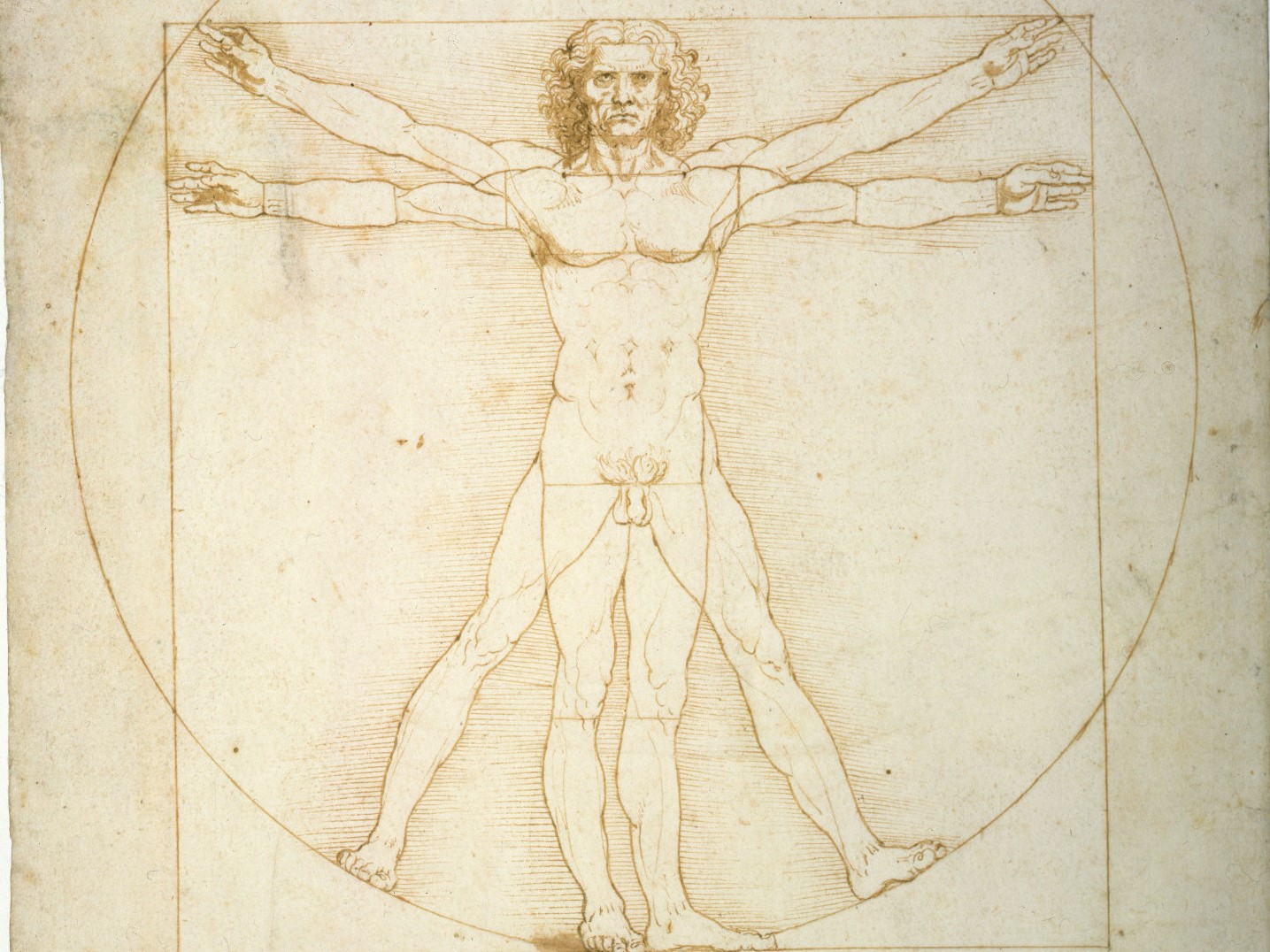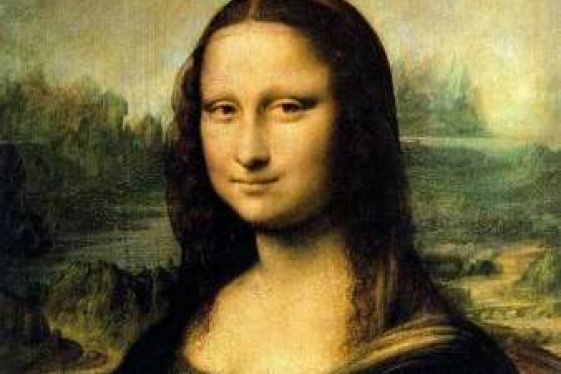

BY: We the Italians Editorial Staff
For centuries, scholars have analyzed Leonardo da Vinci’s Vitruvian Man, searching for the hidden principle behind its flawless geometric structure. Now, more than 500 years later, a possible answer has emerged—and the surprising part is that it didn’t come from an art historian or a mathematician, but from a dentist.
Even those with little interest in art are likely familiar with the Vitruvian Man—it’s featured on the one-euro coin and is one of Leonardo’s most iconic works. The drawing illustrates the ideal human proportions by placing the figure inside two perfect shapes: a circle and a square. Da Vinci based the image on the writings of ancient Roman architect Marcus Vitruvius Pollio, for whom the drawing is named.
You may be interested
-
'Mechanic' of music Da Vinci's organ reconstr...
No one had ever heard its "voice" before: a warm, ancient sound similar to that of a flute...
-
'Mona Lisa's' identity could be revealed thro...
By Jamie Wetherbe The mystery of "Mona Lisa's" real-life muse, which has spawned centurie...
-
'We have Leonardo's among us': DaVinci exhibi...
A global exhibit showcasing newly-built works based mostly on the sketches of Leonardo DaV...
-
‘Da Vinci & Michelangelo’ return to Manatee P...
“Da Vinci & Michelangelo: The Titans Experience”: 7:30 p.m. Dec. 28, 8 p.m. Dec. 29 and 2...
-
"Da Vinci: The Genius" Exhibit
Planning a trip this summer to Disneyland? Add another day to your itinerary to see the ne...
-
"Inside the minds of Leonardo da Vinci, Newto...
What happens when the objective (scientific) part of the mind intersects with the subjecti...
-
"Leonardo da Vinci: 500 Years Of Genius" Comi...
Inventor, artist, scientist, anatomist, engineer, architect, sculptor, philosopher. Althou...
-
“Imagining the future. Leonardo da Vinci: in...
Inaugurated yesterday in the presence of Italian Ambassador to the United States Mariangel...










